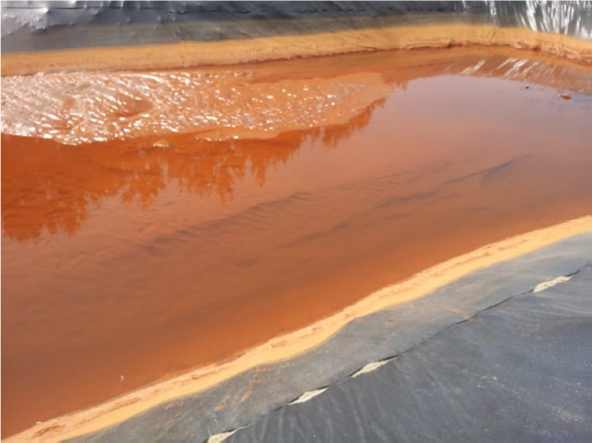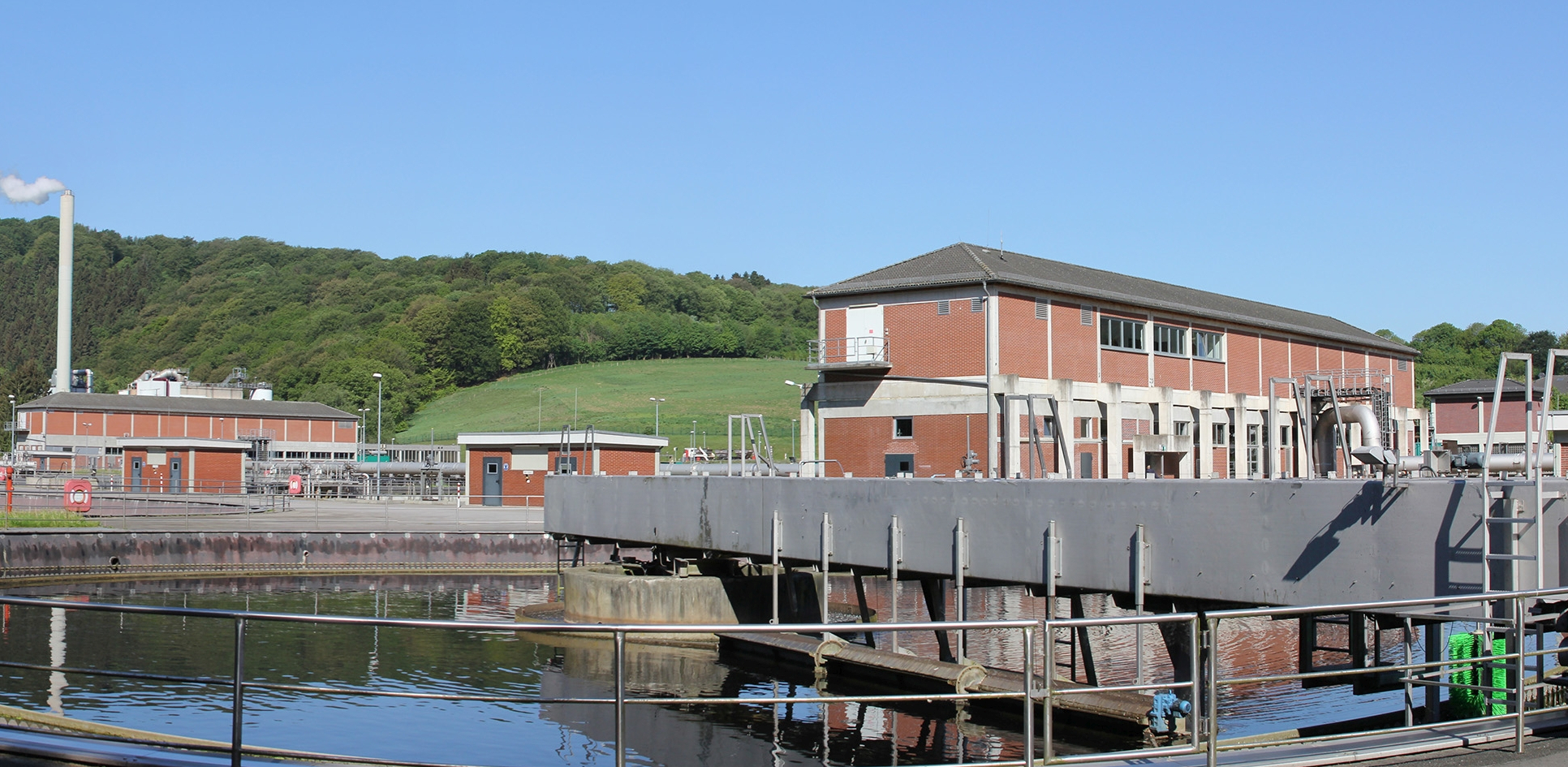


The objective of ContaSorb is the development and field testing of novel colloidal composite materials for the in-situ purification groundwater contaminated with halogenated organic pollutants applying the Trap&Treat concept. ContaSorb is focusing not only on "conventional" pollutants but also on "new" micropollutants. The coupling of sorptive contaminant enrichment and their destruction in the sorbed state appears to be one of the few promising ways of effectively eliminating of low-concentrated water pollutants. Experiences from the development of Carbo-Iron particles will help to tailor-made injectable reactive materials and catalysts which are designed for various application fields (multi-purpose materials). The materials will contain iron species as a reagent or catalyst and a suitable adsorption component selected for the intended use.

Brown coal has been mined in the regions of Saxony for about 100 years. Due to the closure of many open-cast mines and their flooding, the groundwater rises again and rinses out metallic components (iron salts and iron hydroxide) from landfills and naturally occurring soil layers. This leads to pollution of the surface water (the so-called "Verockerung der Spree") and to problems in the drinking water production due to the high iron and sulphate content. Their removal/reduction is therefore a permanent task for both active mines and closed production sites. It is known that chitosan has very good heavy metal bonding properties. Chitin, and its deacetylated form Chitosan, is a naturally occurring polymer that can be extracted from the exoskeleton of crustaceans.

In Germany, trace substances can be found in almost all waste waters and water bodies. In some cases, the sewage treatment plants use activated carbon which binds pollutants to the surface. Activated carbon is mainly produced from hard coal - a non-renewable raw material. The consortium develops activated carbons from regenerative materials, which are available in large quantities at low cost. Instead of reactivating the loaded activated carbon in a central regeneration plant with great logistical effort, ZeroTrace is developing a process for on-site regeneration. The entire process is implemented in the plant and demonstrated for different types of wastewater. A material flow analysis, Delphi studies and a multi-criteria analysis accompany the project.
Photo credits: v.o. ©UVR-FIA GmbH, ©Biolog Heppe GmbH, ©Wupperverband